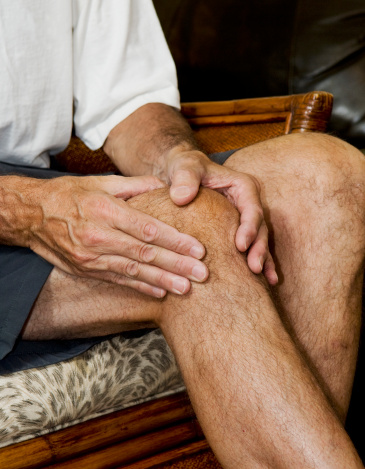Teen Bulimia
Eating disorders, in most cases, are self image disorders, and any person, at any age and sex, can become afflicted with an obsession for perfection. 90 percent of people suffering from eating disorders are women between the ages of 12 and 25. It is important, especially as parents, to be able to identify possible signs of eating disorders, and this article will focus on the very basics of one eating disorder in particular; bulimia.
Officially referred to as Bulimia Nervosa, bulimia is an eating disorder identified by the episodic regurgitation of one’s food. In most cases, people who force themselves to vomit do so as the result of a poor self image. Bulimia is sometimes misidentified as anorexia by family and friends who may suspect that someone they know or love has an eating disorder. The main difference between anorexia and bulimia is that bulimia requires ingestion of food prior to self induced vomiting, while anorexia is commonly identified by an illogical fear of becoming heavy, causing an intense fear of eating altogether. Both eating disorders share the common fear of gaining weight.
Episodes of binge eating are a common symptom of bulimia. Binge eating, as it applies to bulimia, is the consumption of what can only be described as a very large amount of food with the intention of inducing vomiting after their meals. People suffering from bulimia may be able to ingest enough food to feed five or ten people before inducing vomiting. In some cases, a person may induce vomiting several times during extremely excessive eating binges
Depression is also common in sufferers of bulimia, especially after eating binges. Following an eating binge and self-induced vomiting, the afflicted person may experience extreme depression over the amount of food that they consumed or their inability to create the “perfect body”, as they see it. Most girls feel quite ashamed of their binging and purging and become very skilled at keeping it a secret from their friends and family.
Other identifiers of bulimia include the use of laxatives or water pills immediately following meals to flush the food just consumed from their bodies, and an apparent obsession with weighing their food and constantly counting their calories.
Bulimia at any age can be potentially life threatening, but teens are at an especially high risk for complications from bulimia because the disorder forces the teen to deny valuable vitamins and nutrients to their bodies through the regurgitation of their food.
The goal of bulimia treatment is to free the person of their “eat/binge” habit and to help them establish a regular and normal eating pattern. Behavioral therapy and psychotherapy have both proven effective in treating the disorder
Lastly, bulimia treatment is also likely to include family therapy, whose purpose is to help the sufferer understand that they truly are surrounded by people who love them just the way they are.
-
Is it Healthy to Lose Weight Without Exercise?
Most people want to lose weight without exercise. Losing weight witho
-
Lose Weight and Kick Butt: Why You Should Start a Boxing Workout
If you have been to a gym in the past few years, chances are that you
-
Spice Up Your Diet for Weight Loss
While we search the internet and scour through health columns in se
-
The Advantages and Rewards of the Key Nutrients and Oxides of Pure Acai Berry Pro
This phenomenonal acai fruit has swiftly developed from being culti
-
How To Lose 1 Pound A Week
To lose a pound over the
-
Lipo Boom Reality
Are you feeling down and out? Do you feel even worse when you look i
- DON'T MISS
- Arm Yourself With Some Great Weight Loss Tips
- Wide Barbell Squat- A Perfect Resistance Training Exercise To Build Your Quads
- The Weight Loss Dilemma - Why I Opt For Full Flavor Versus Low Fat
- Lose Weight With Acai Force Max
- Tips on how to Reduce Bodyweight Quick - Not As Very difficult As You Think
- Best 8 Body Training Routines For Weight Loss
- Exercise Intensity Vs Duration
- MLM Recruiting- The 4 Prospect Personality Types in Network Marketing
- Bent Out Of Shape: How To Protect Your Knees
- Different Personal Weakness Different Ephedra Diet Pills, Lipodrene, Green Stinger or Vaso Pro




